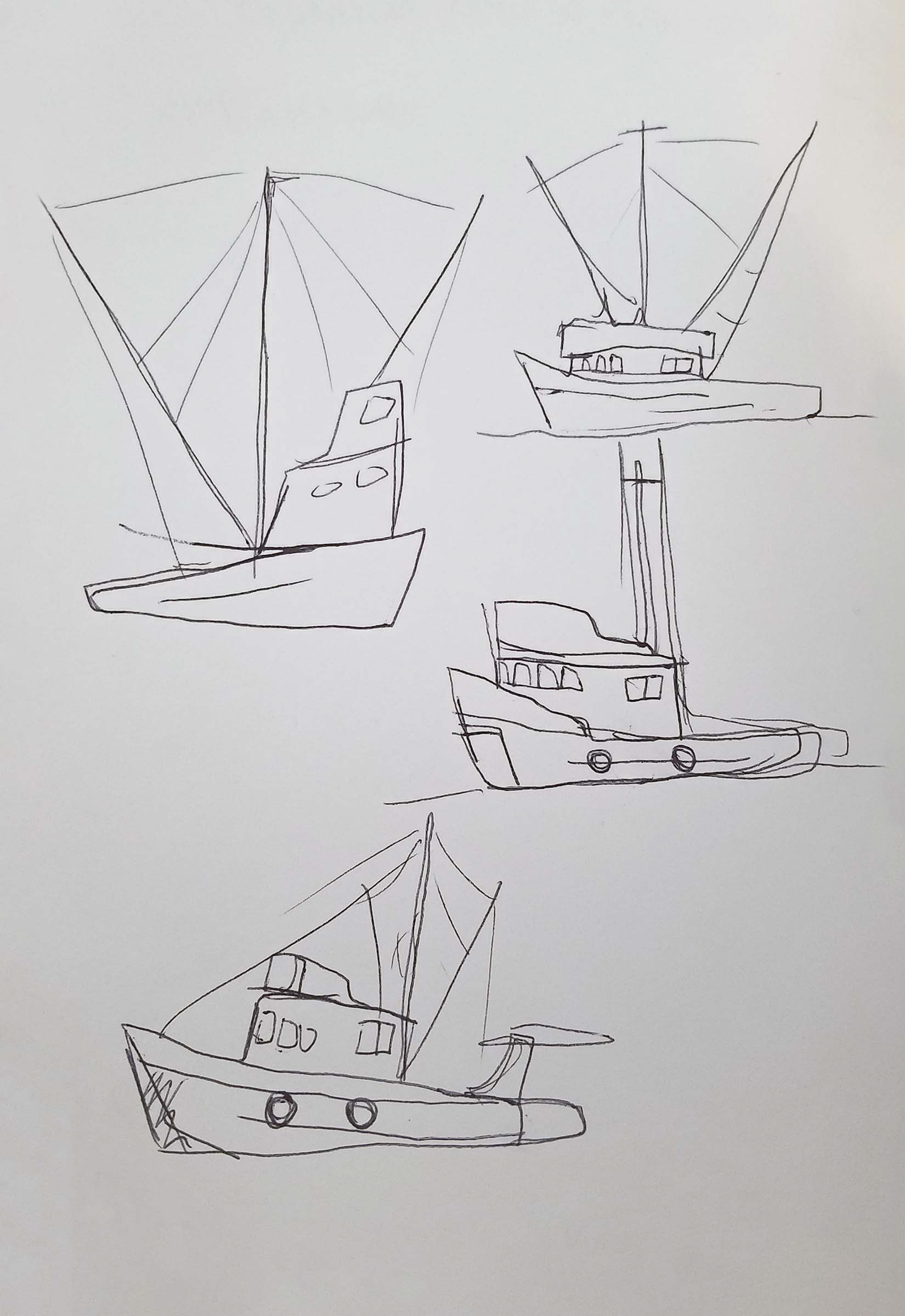SALMON IS KING
Junior Showcase Exhibition, created using Adobe Illustrator, 48 x 120 inches, 2019
Made up of 55 individual tiles, Salmon is King is a project showcasing the complexity behind the endangered status of Chinook Salmon
During my Fall 2018 semester, through the Williams-Mystic program, I visited Bonneville Dam, where fish are the priority and their safety matters more than the electricity generated. Chinook Salmon are an endangered species but are also vital to the culture and economy of the area. That year, in particular, their population had been a lot lower than what it typically is, so Salmon fishing was closed for the season. One of the issues seen in recent years is that Steller sea lions are swimming upriver and consuming large amounts of Salmon by the dam, where they are more vulnerable than in the open ocean. The issue here is that the sea lions are protected under the Marine Mammal Protection Act, but the Salmon are also protected under the Endangered Species Act. However, this is not the only factor contributing to their population decline or the Salmon’s overall endangered status.
Bridge Gallery at the College of New Rochelle, New Rochelle, NY
The dams themselves pose a threat to the fish as they pass through, with a survival rate of about 94% at each of the 14 dams along the Columbia River. And at the hatcheries and nurseries, otters, cormorants, gulls, and other predators consume juvenile Salmon. Human-induced factors, such as overfishing, pollution and other physical changes to the environment have and continue to change the ecosystem in which the Salmon live. The survival of the Chinook Salmon is not just dependent on whether the sea lions can be removed from the river or not, this is a much larger and more complex system. With my piece, I am illustrating how all these individual factors, the sea lions, otters, gulls, cormorants, trawlers, dams, and people, are contributing to the King Salmon’s population decline: this is more than just sea lions.
Close up featuring H4 tile
Grid system crucial to label individual tiles, organize assets, and monitor overall composition


Initial trawler sketches beside final vector assets
